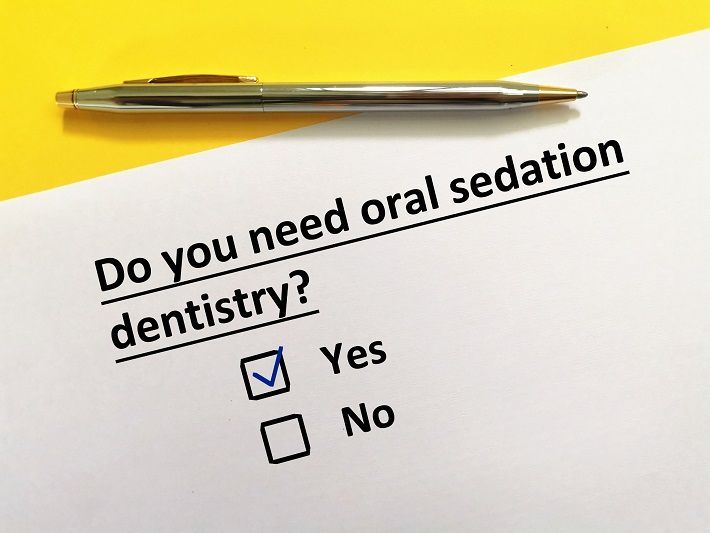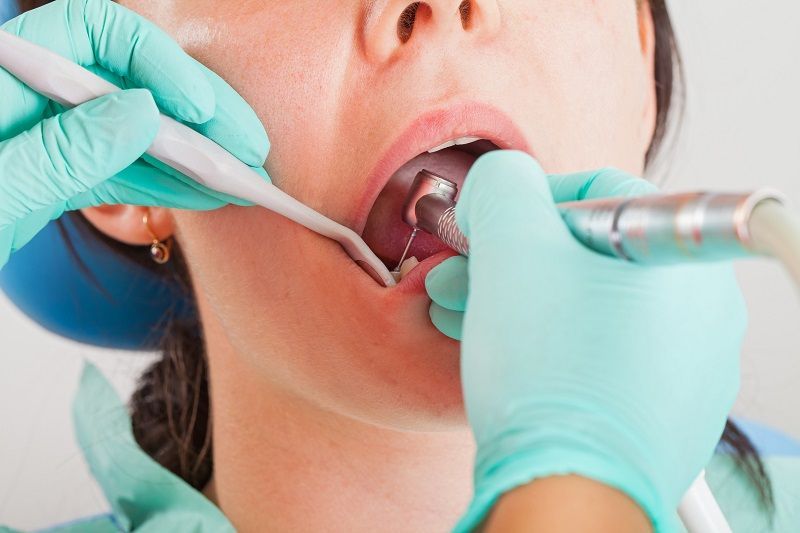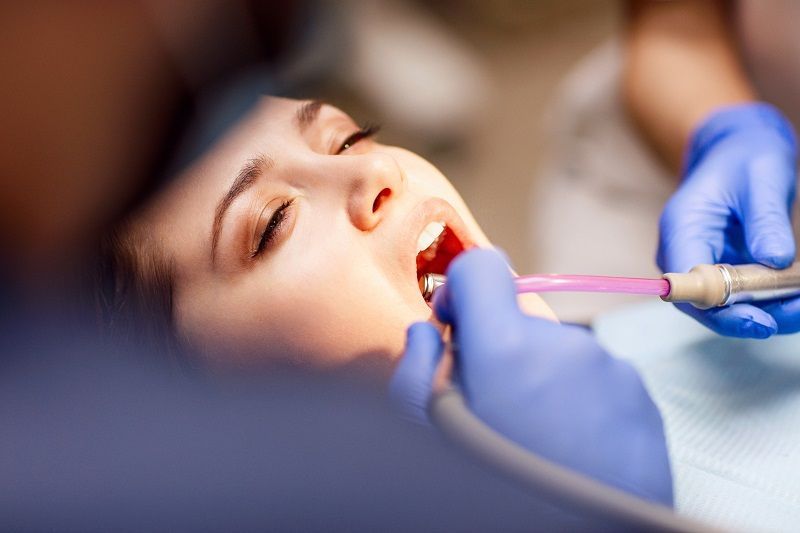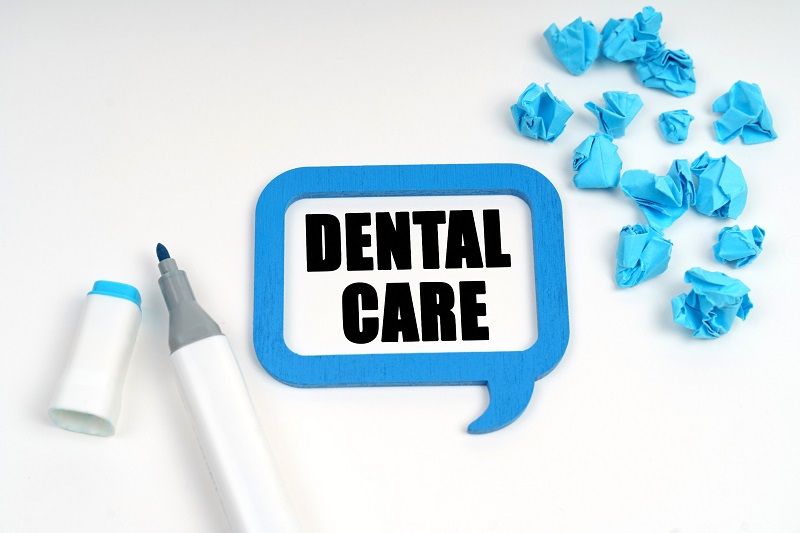A Look at How a Sedation Dentist Uses Anesthetics Responsibly
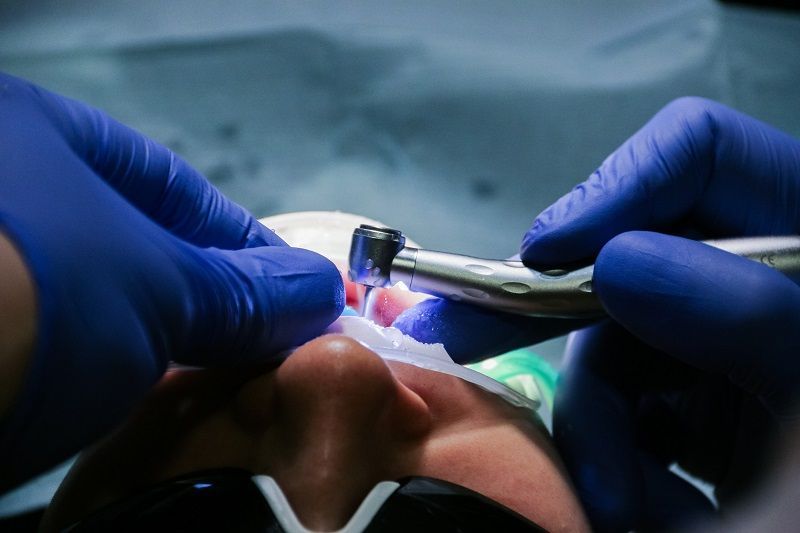
Although visiting a Denver sedation dentist can be anxiety-inducing for many, sedation dentistry has emerged as a solution to help patients relax during dental procedures. As a patient, it is essential to learn about how a sedation dentist utilizes anesthetics responsibly to ensure a comfortable and safe experience for all patients.
A responsible sedation dentist begins by conducting a thorough assessment of the patient's medical history, including any existing health conditions and medications. This information helps determine the most suitable sedation method and dosage.
Sedation dentists have various levels of sedation at their disposal, ranging from minimal (such as nitrous oxide) to moderate (oral sedatives) and deep sedation (intravenous sedatives). The choice depends on the complexity of the procedure and the patient's anxiety level. The insight they gain will be essential to address any potential issues and to monitor the patient’s condition during the procedure. In this time, the sedation dentist ensures continuous monitoring of vital signs, which includes heart rate, blood pressure, and oxygen levels, providing a real-time assessment of the patient's well-being.
Despite meticulous planning, emergencies can still arise. A good sedation dentist is prepared for such situations, equipped with the knowledge and tools to address complications promptly. This includes having emergency medications on hand and being trained in Basic Life Support (BLS) and Advanced Cardiovascular Life Support (ACLS).
Of course, the responsibility extends beyond the procedure itself. Sedation experts are able to ensure that patients are monitored post-procedure until the effects of sedation wear off, which often minimizes the risk of complications during the recovery phase.


